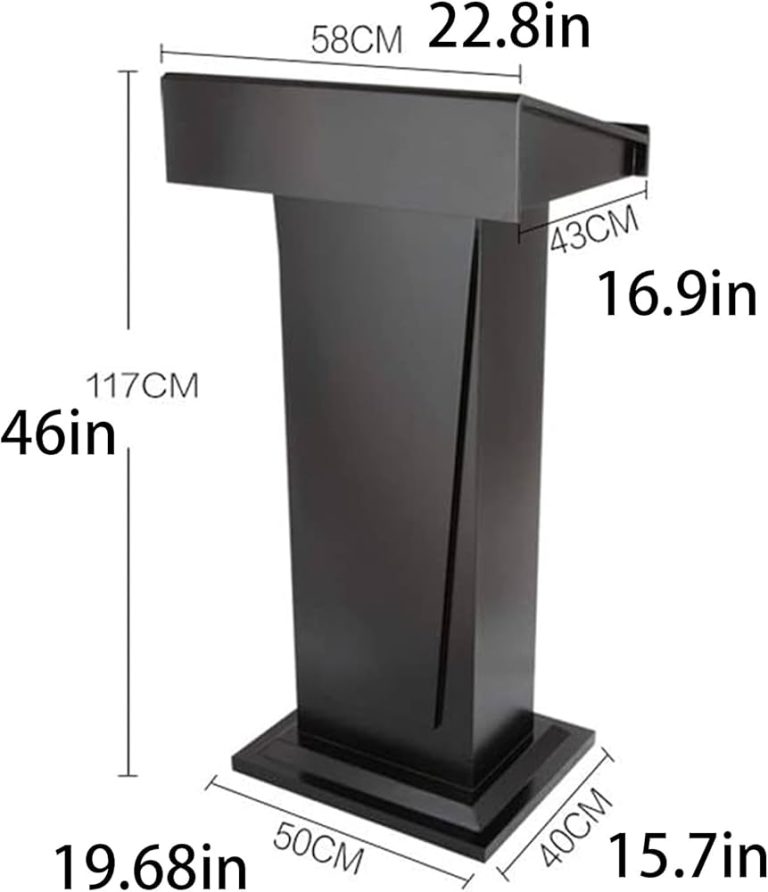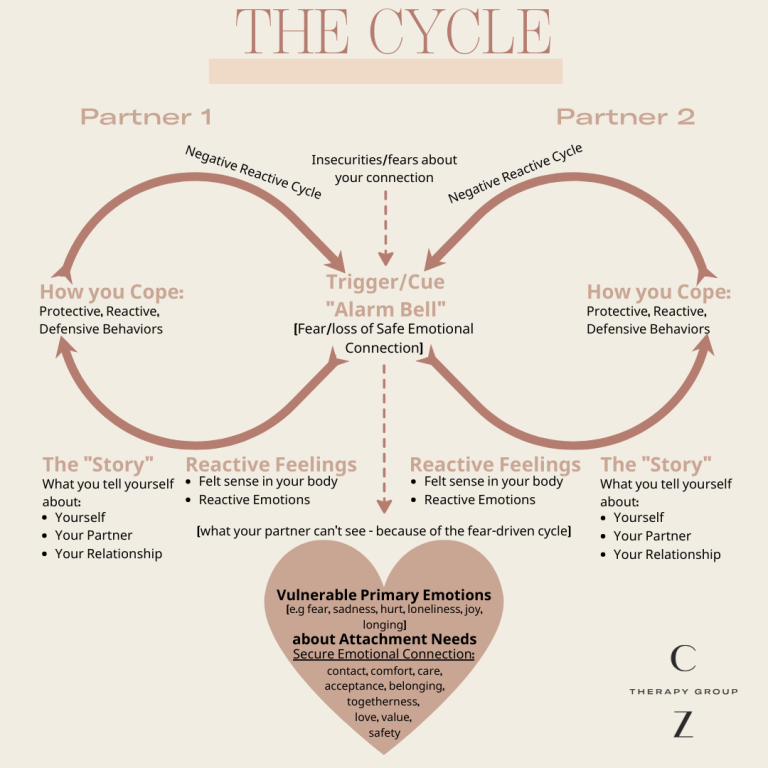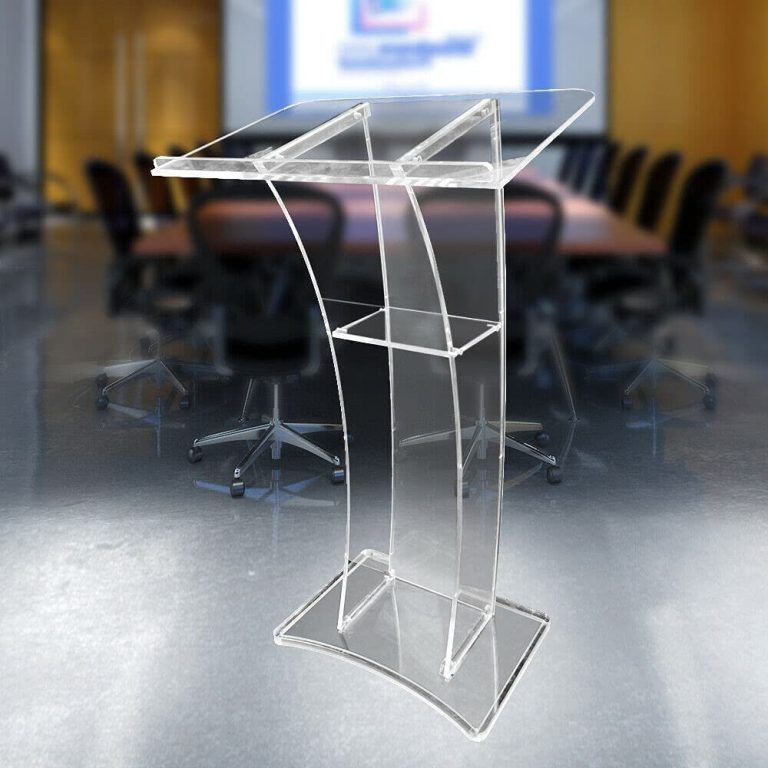Mind Mapping Techniques to Improve Your Presentations: Boost Engagement
Mind mapping techniques enhance presentations by organizing ideas visually. They improve clarity and engagement.
When used effectively, mind maps can make complex information easier to understand and remember, leading to more impactful presentations. By incorporating colors, images, and keywords, you can create visually appealing and memorable slides that resonate with your audience. In this blog post, we will explore how to leverage mind mapping techniques to elevate your presentation skills and leave a lasting impression on your audience.
Let’s dive in!
Introduction To Mind Mapping
Mind mapping is a powerful tool that enhances presentations. It helps organize thoughts and ideas visually. This method boosts creativity and clarity.
What Is Mind Mapping?
Mind mapping is a visual representation of ideas and concepts. It starts with a central idea and branches out. Each branch represents related topics and subtopics. This technique uses colors, images, and keywords to make information easy to understand.
Mind maps help in brainstorming, planning, and organizing data. They aid in connecting different pieces of information. This makes them perfect for enhancing presentations.
History And Evolution
Mind mapping has roots in ancient times. Early forms were used by philosophers like Aristotle. They created diagrams to visualize ideas.
The modern concept of mind mapping was developed by Tony Buzan in the 1970s. He popularized the technique through his books and seminars. Buzan’s method emphasized the use of colors and images.
Today, mind mapping is widely used in education, business, and personal development. Various software tools are available to create digital mind maps. These tools make the process more efficient and dynamic.
Benefits For Presentations
Mind mapping techniques can greatly enhance your presentations. They provide a clear and organized structure. This section will explore the key benefits of mind mapping for presentations.
Enhanced Clarity
Mind maps offer a visual representation of your ideas. This helps in breaking down complex topics. It makes it easier for the audience to understand.
When you use mind maps, you can categorize information. You can use different colors and branches. This ensures that each point stands out clearly.
| Feature | Benefit |
|---|---|
| Visual Representation | Breaks down complex topics |
| Categories | Makes each point stand out |
| Colors and Branches | Enhances visual appeal |
Improved Retention
Mind maps help improve information retention. They engage both sides of the brain. This makes it easier to remember key points.
Using mind maps, you can group related information. This helps in creating connections between ideas. Such connections boost memory retention.
- Engage both sides of the brain
- Create connections between ideas
- Boost memory retention
In presentations, mind maps serve as a memory aid. They help you and your audience recall information easily. This makes the presentation more effective.
Creating Effective Mind Maps
Mind mapping is a powerful tool to improve your presentations. It helps organize ideas visually and makes complex information easy to understand. Let’s explore some techniques for creating effective mind maps.
Choosing The Right Tools
To start, select the right tools for mind mapping. You can use digital tools like XMind or MindMeister. These tools offer various templates and customization options. You can also use traditional methods like pen and paper. This method is simple and easy to use.
Here’s a quick comparison of digital and traditional tools:
| Tool Type | Advantages | Disadvantages |
|---|---|---|
| Digital |
|
|
| Traditional |
|
|
Structuring Your Map
A well-structured mind map enhances clarity. Start with a central idea. This is your main topic. Branch out into subtopics. Use keywords to keep it concise.
Follow these steps to structure your map:
- Write the central idea in the center.
- Draw branches for main subtopics.
- Add smaller branches for detailed points.
- Use colors and icons to highlight key points.
Remember to keep your map balanced. Avoid overcrowding one side. Distribute information evenly for better readability.
Engaging Your Audience
Engaging your audience is key to a successful presentation. Mind mapping techniques can help you capture and hold their attention. By incorporating interactive elements and enhancing the visual appeal of your mind maps, you can make your presentations more dynamic and engaging.
Interactive Elements
Interactive elements can transform a static presentation into an engaging experience. Use mind maps to add elements like:
- Clickable links to additional resources
- Embedded videos for visual learners
- Interactive quizzes to assess understanding
These elements make your audience active participants rather than passive listeners. This keeps them engaged and attentive throughout the presentation.
Visual Appeal
The visual appeal of your mind maps is crucial. A visually appealing mind map can make complex information easier to understand. Use the following tips to enhance your mind map’s visual appeal:
- Color coding to differentiate topics
- Icons and images to represent ideas
- Consistent fonts and styles for readability
Here is a simple table to help you choose colors for different elements:
| Element | Suggested Color |
|---|---|
| Main Topics | Blue |
| Subtopics | Green |
| Important Points | Red |
By focusing on the visual appeal and incorporating interactive elements, you can create mind maps that not only convey information effectively but also keep your audience engaged and interested.
Practical Tips And Tricks
Mind mapping can transform your presentations. It organizes your thoughts and ideas. This section provides practical tips to improve your mind mapping skills. These tips will help you create more engaging and effective presentations.
Avoid Common Pitfalls
Common mistakes can hinder your mind mapping efforts. Here are some pitfalls to avoid:
- Overloading the map: Keep your map simple and focused.
- Ignoring hierarchy: Ensure your main ideas stand out.
- Using too many colors: Stick to a few colors for clarity.
- Skipping visuals: Use images and icons to represent ideas.
Maximizing Impact
Enhance your presentations with these tips:
- Start with a clear goal: Define the purpose of your presentation.
- Use keywords: Keep text short and impactful.
- Incorporate visuals: Images and diagrams make your points clearer.
- Organize ideas logically: Ensure a smooth flow of information.
| Tip | Description |
|---|---|
| Start with a clear goal | Define what you want to achieve with your presentation. |
| Use keywords | Use short, impactful text to convey your ideas. |
| Incorporate visuals | Use images and diagrams to illustrate your points. |
| Organize ideas logically | Ensure your ideas flow smoothly from one to the next. |
Follow these tips to create impactful mind maps. Your presentations will be clearer and more engaging. Start using these strategies today to see the difference.
Frequently Asked Questions
How To Use Mind Map For Presentation?
Create a central idea. Branch out key points. Use keywords and images. Organize logically. Practice your flow.
What Is The Best Technique Of An Effective Mind Map?
To create an effective mind map, start with a central idea, use colors and symbols, prioritize keywords, keep it simple, and use visual hierarchy.
What 3 Things Are Essential To Mind Mapping?
Essential elements of mind mapping: clear central idea, branches for related thoughts, and visual organization.
Conclusion
Mastering mind mapping techniques can significantly enhance your presentation skills. These methods help organize thoughts and communicate ideas clearly. By using mind maps, you engage your audience and make complex information easier to understand. Start incorporating these strategies today to elevate your presentations and captivate your audience.




